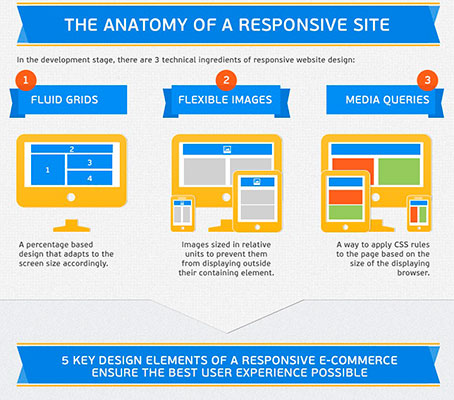Get Ready To Trip With Time And Find Just How Web Sites Have Actually Ended Up Being More Advanced, Straightforward, And Aesthetically Sensational
Get Ready To Trip With Time And Find Just How Web Sites Have Actually Ended Up Being More Advanced, Straightforward, And Aesthetically Sensational
Blog Article
Post Composed By-Booker Trolle
In the past, web sites were simple and concentrated on information. Navigating was straight, and layout was for desktops. Currently, individual experience is essential. Data overviews designs for simple navigating. navigate to this site suit various gadgets. Today, dark mode reduces pressure, and minimal menus enhance navigating. Interactive functions involve individuals, and strong visuals stick out. AI combination improves engagement. See just how design has actually advanced to boost your online journey.
Early Days of Website Design
In the very early days of web design, simplicity preponderated. Websites were fundamental, with restricted shades, typefaces, and layouts. The emphasis got on giving information rather than flashy visuals. Users accessed the net through slow-moving dial-up connections, so speed and performance were vital.
Navigating menus were straightforward, commonly situated on top or side of the web page. Sites were created for desktop, as mobile browsing wasn't yet widespread. Web content was king, and developers focused on easy readability over intricate style aspects.
HTML was the key coding language made use of, and developers needed to function within its restrictions. Animations and interactive attributes were very little compared to today's criteria. Websites were static, with little vibrant content or individualized user experiences.
Rise of User-Focused Design
With the advancement of website layout, a shift towards user-focused design concepts has ended up being progressively popular. Today, creating web sites that focus on user experience is essential for engaging visitors and achieving service objectives. User-focused layout includes recognizing the needs, preferences, and actions of your target audience to customize the website's format, web content, and includes appropriately.
Designers currently conduct complete study, such as customer studies and use screening, to collect insights and comments straight from individuals. This data-driven method helps in developing user-friendly navigation, clear calls-to-action, and aesthetically attractive interfaces that reverberate with visitors. By placing the individual at the center of the layout procedure, web sites can provide a much more customized and pleasurable experience.
Responsive style has additionally become a vital facet of user-focused style, ensuring that web sites are maximized for numerous devices and display sizes. This flexibility boosts access and use, catering to the varied ways users interact with websites today. Essentially, the increase of user-focused design represents a shift in the direction of creating digital experiences that focus on the needs and expectations of completion individual.
Modern Trends in Website Design
Explore the current patterns forming web design today. One famous pattern is dark mode layout, using a streamlined and modern appearance while decreasing eye pressure in low-light settings. Another vital pattern is minimalist navigation, streamlining food selections and improving individual experience by focusing on essential elements. Integrating micro-interactions, such as animated switches or scrolling impacts, can produce a much more engaging and interactive website. Receptive design remains crucial, guaranteeing smooth user experiences across different devices. Additionally, using bold typography and asymmetrical layouts can add visual passion and accentuate certain material.
Incorporating AI modern technology, like chatbots for customer assistance or customized suggestions, improves user engagement and improves processes. Availability has likewise become a substantial fad, with designers prioritizing comprehensive design methods to accommodate varied individual demands. Welcoming sustainability by maximizing internet site efficiency for speed and efficiency is one more arising trend in website design. Collaborating with individual feedback and information analytics to repeat and improve design continually is vital for remaining relevant in the ever-evolving electronic landscape. By embracing these modern patterns, you can develop a visually appealing, easy to use internet site that resonates with your audience.
Final thought
As you review the development of site style from the very early days to now, you can see just how user-focused layout has come to be the driving pressure behind modern fads.
Accept the trip of modification and adjustment in website design, always maintaining the user experience at the forefront.
Tippingpointdigital
Stay current with the latest trends and technologies, and never ever quit advancing your technique to develop visually magnificent and straightforward sites.
Advance, adapt, and produce - the future of web design is in your hands.
